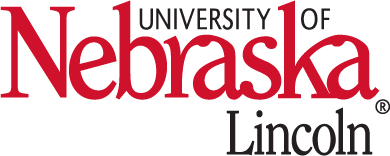We heard back from the editor for our first journal article. Rather than send it on to the reviewers, he got back with some recommendations he wanted us to make before he did that. We worked feverishly to get that done, asked for an additional week, got permission for two additional weeks, and the paper was canceled. We think this was due to the fact that we got the permission with plenty of time (we are in Pacific time), but it was after the European editorial office had already closed, so we do not think it will be a problem.
We could have gotten by just removing some verbiage the editor did not like (we are agnostic about that part and do not care so we removed it), modifying the format of the equations (this, we believe, is a matter of fashion–one of our authors is a theoretical mathematician and thought it was silly, but again, we do not care so we changed it), he wanted us to change the x-axis labels of some of the graphs (he was definitely right on this one), and he wanted us to compare our results to a specific kind of upper and lower benchmarks. The last item was the cause for the most major revisions and think the paper is a lot better for having done it. We had to add a graph and a table, some citations, and some further analysis, but we think it helped the paper a lot.
















